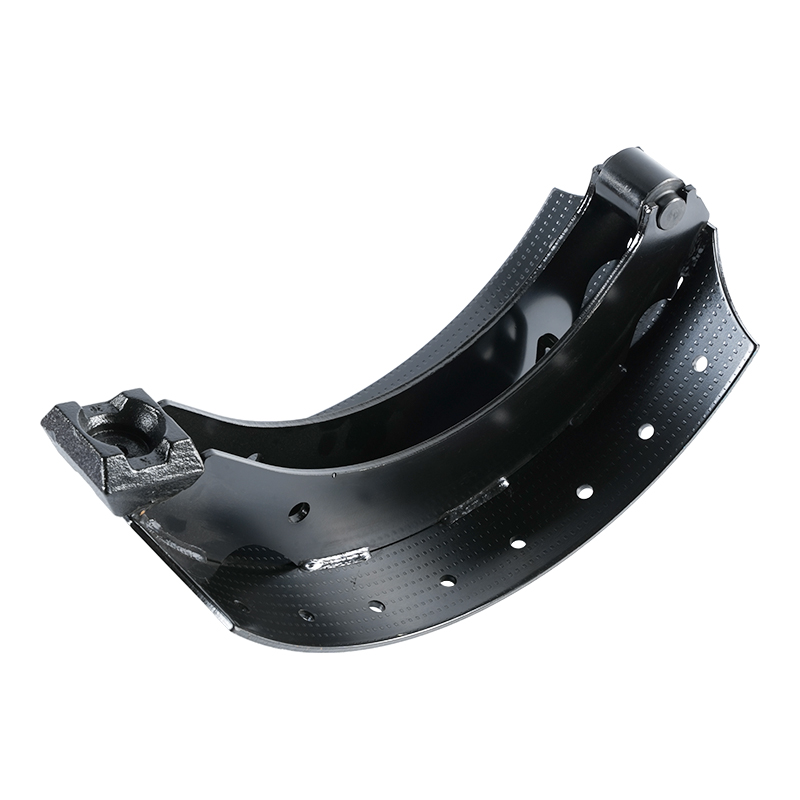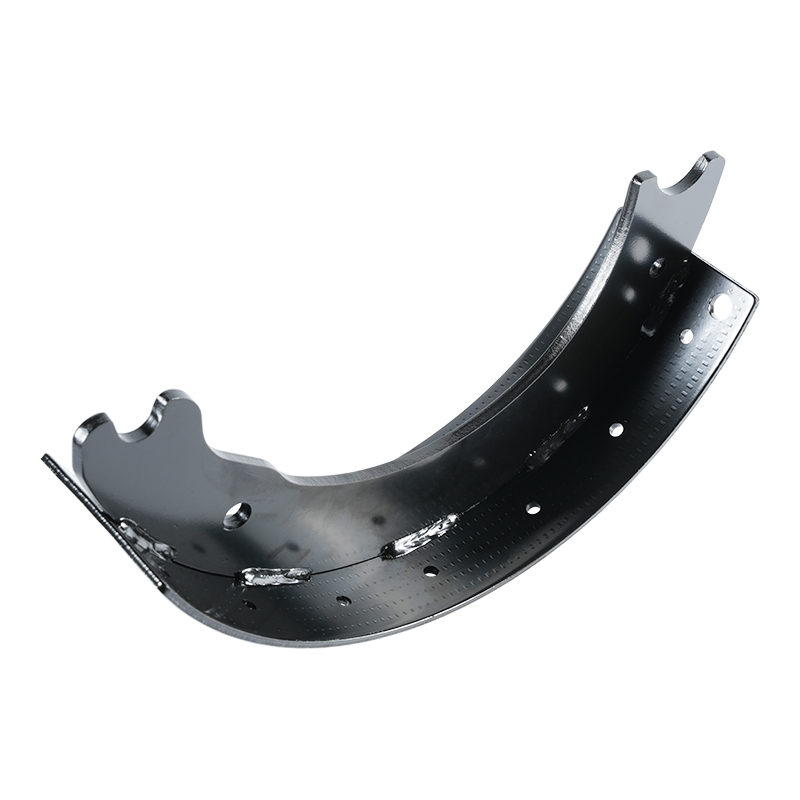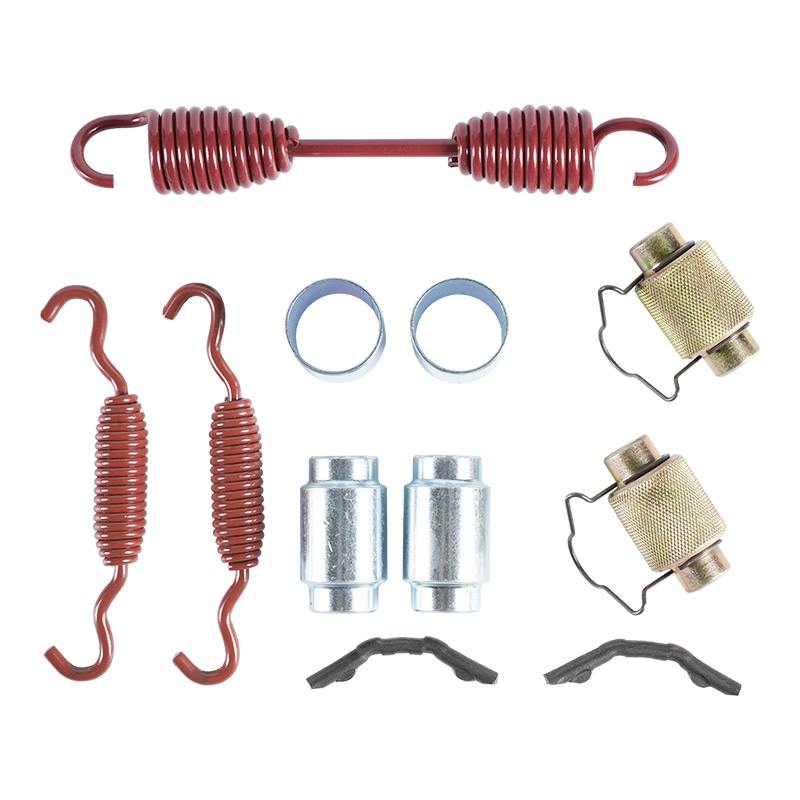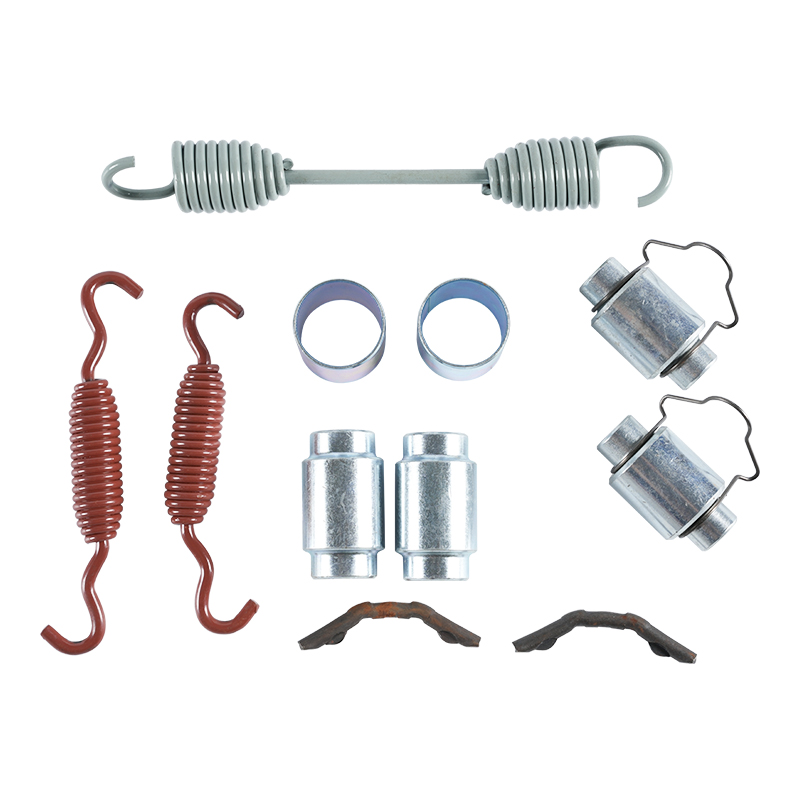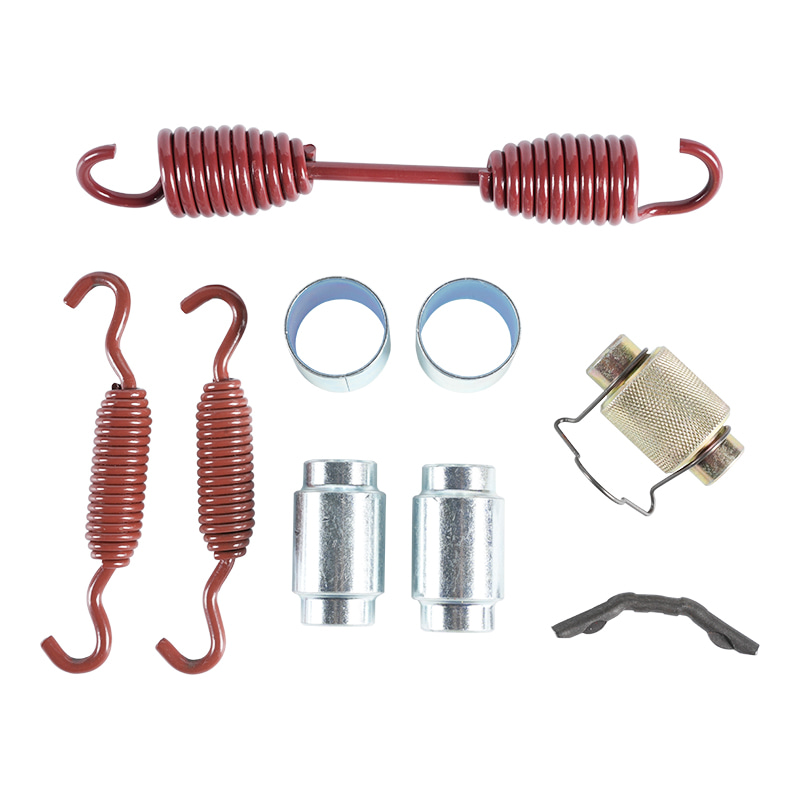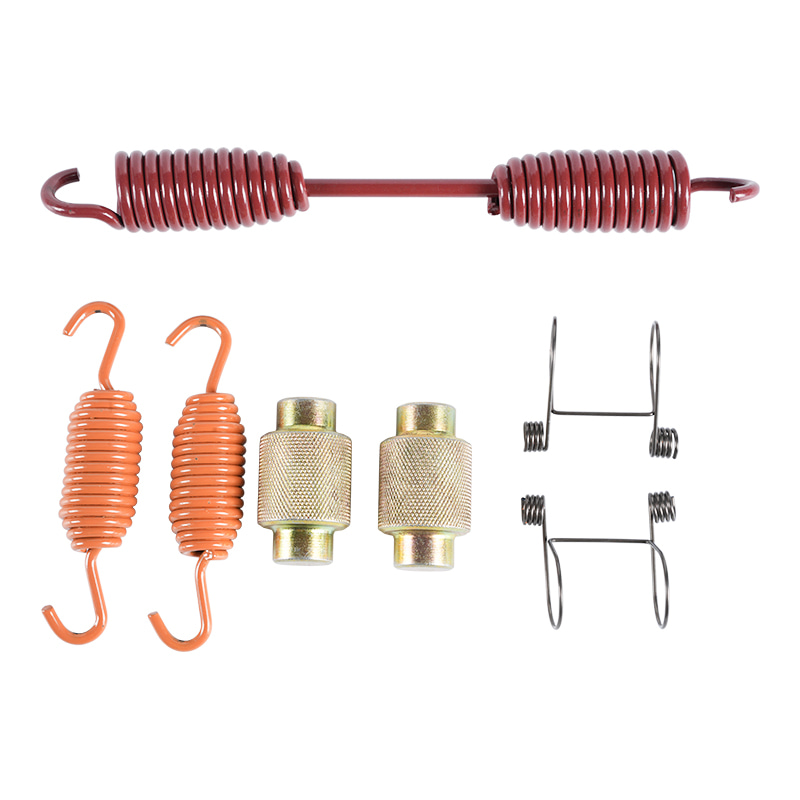Heavy-Duty Brake Shoes: The Foundation of Commercial Vehicle Stopping Power
 2025.11.19
2025.11.19
 Industry News
Industry News
Heavy-Duty Brake Shoes are an essential, yet often overlooked, component in the safe and reliable operation of commercial vehicles, including trucks, buses, and trailers. Unlike their counterparts in light passenger vehicles, these braking components are engineered to withstand extreme loads, high temperatures, and continuous, rigorous duty cycles. The performance and longevity of Heavy-Duty Brake Shoes are critical for maintaining safety standards, minimizing vehicle downtime, and controlling fleet operating costs.
The Core Function and Design of Heavy-Duty Brake Shoes
In a drum brake system, the brake shoe is a curved, crescent-shaped piece of metal (typically steel) upon which the brake lining is mounted. When the driver applies the brakes, hydraulic or pneumatic pressure forces the Heavy-Duty Brake Shoes outward against the inner surface of the brake drum. This friction converts the vehicle’s kinetic energy into heat, thereby slowing the vehicle.
The “heavy-duty” designation necessitates several key design and material differences:
- Robust Steel Core (Table): The shoe itself is constructed from thicker, stronger steel to resist warping and stress under heavy braking loads and high temperatures.
- High-Friction Linings: The attached friction material is typically a dense, non-asbestos organic (NAO) or semi-metallic compound formulated to maintain a stable coefficient of friction across a wide range of temperatures, resisting the common issue of brake fade that plagues lighter-duty systems.
- Enhanced Bonding/Riveting: The friction lining is either bonded with high-strength adhesives or riveted securely to the shoe’s platform. For demanding applications, both methods might be used to ensure the lining does not detach under extreme shear forces.
| Feature | Light-Duty Brake Shoe | Heavy-Duty Brake Shoes |
|---|---|---|
| Core Material | Thinner Steel | Thick, High-Strength Steel |
| Friction Material | Standard NAO/Ceramic | High-Density Semi-Metallic/NAO |
| Heat Resistance | Moderate | High (Resistant to Fade) |
| Typical Application | Passenger Cars, Light Trucks | Class 7/8 Trucks, Buses, Trailers |
Importance of Quality and Maintenance
The operational environment of commercial transport places enormous demands on the braking system. Overloaded trucks descending long grades, for instance, generate massive amounts of heat. Using inferior or incorrectly specified Heavy-Duty Brake Shoes can lead to:
- Brake Fade: A temporary loss of braking power due to excessive heat.
- Premature Wear: Shortened lifespan leading to increased maintenance frequency and costs.
- Catastrophic Failure: Separation of the lining from the shoe, leading to an immediate and dangerous loss of braking capability.
For these reasons, fleet managers and mechanics prioritize high-quality replacement parts. Choosing Heavy-Duty Brake Shoes that meet or exceed Original Equipment Manufacturer (OEM) specifications is paramount. Furthermore, proper installation, including correct drum diameter and adjustment, is crucial to achieving optimal braking performance and maximizing shoe life. Regular inspection for uneven wear, cracked linings, or deformed shoe platforms is a core part of preventative maintenance protocols in the trucking industry.
The Role of Remanufacturing in Heavy-Duty Brake Shoes
In the heavy-duty sector, remanufacturing is a common and sustainable practice. A worn Heavy-Duty Brake Shoe core is stripped, cleaned, inspected, and then fitted with brand-new, high-quality friction material. This process not only provides a cost-effective alternative to purchasing new shoes but also supports environmental sustainability by recycling the valuable steel core. Strict quality control standards are applied to remanufactured shoes to ensure they deliver performance and safety equivalent to, or better than, new components.
Conclusion
The safe movement of goods and people across the globe relies heavily on the efficacy of commercial vehicle braking systems. At the heart of the drum brake system are the Heavy-Duty Brake Shoes. Their design, material composition, and robust construction are non-negotiable elements in maintaining the high standards of safety and operational efficiency required in the modern commercial transport industry. Investing in high-quality Heavy-Duty Brake Shoes and ensuring diligent maintenance is an investment in both fleet longevity and public safety.

 Eng
Eng  中文简体
中文简体

